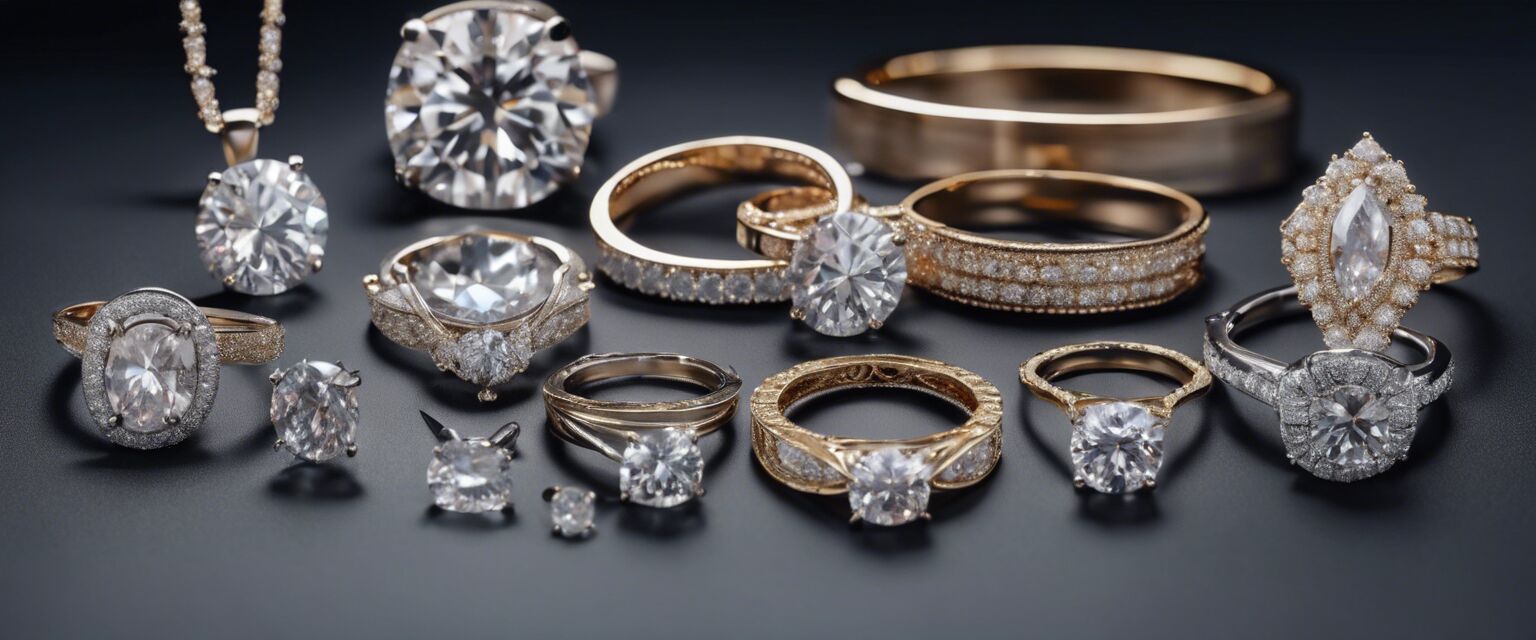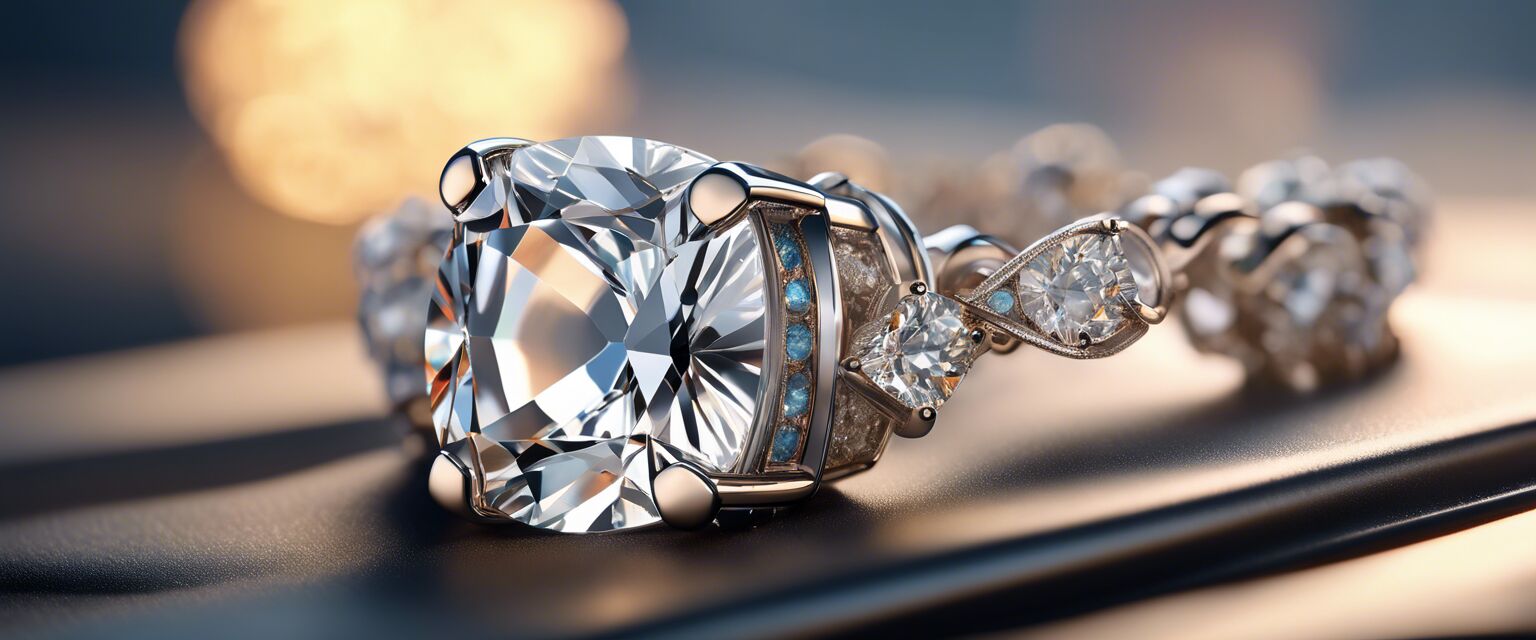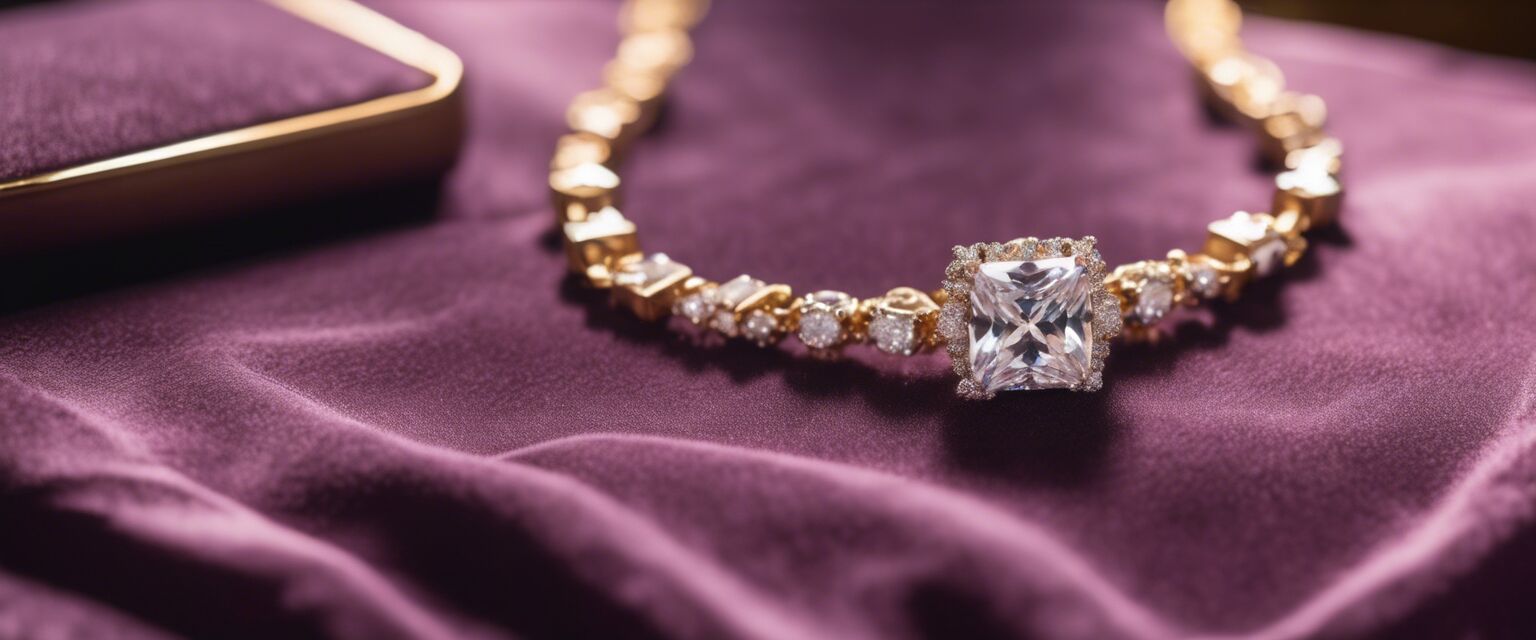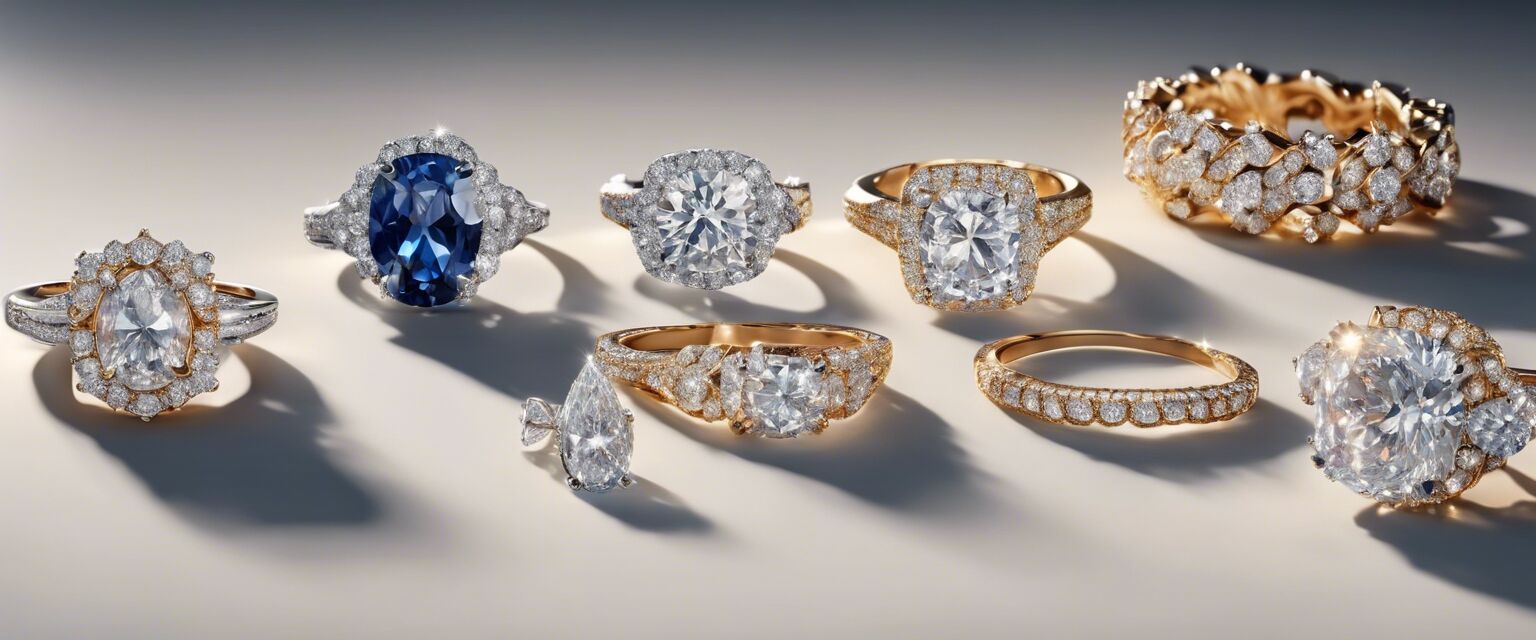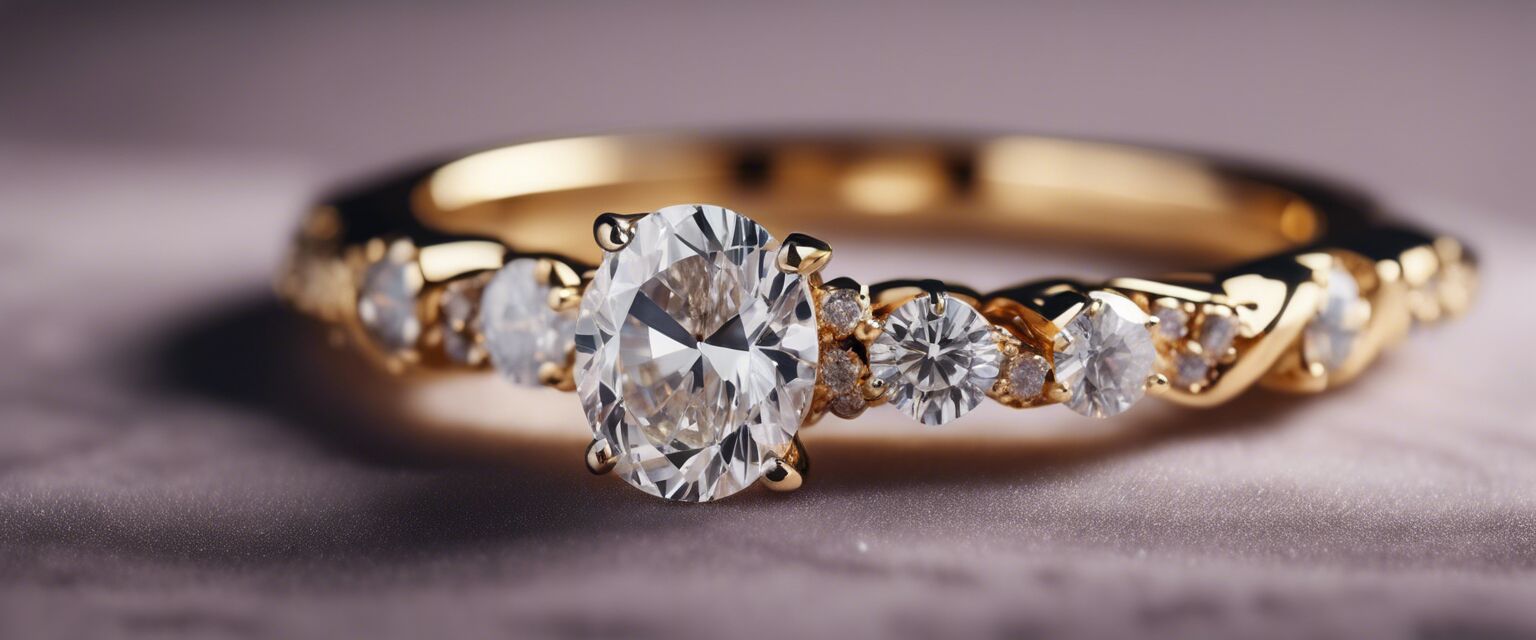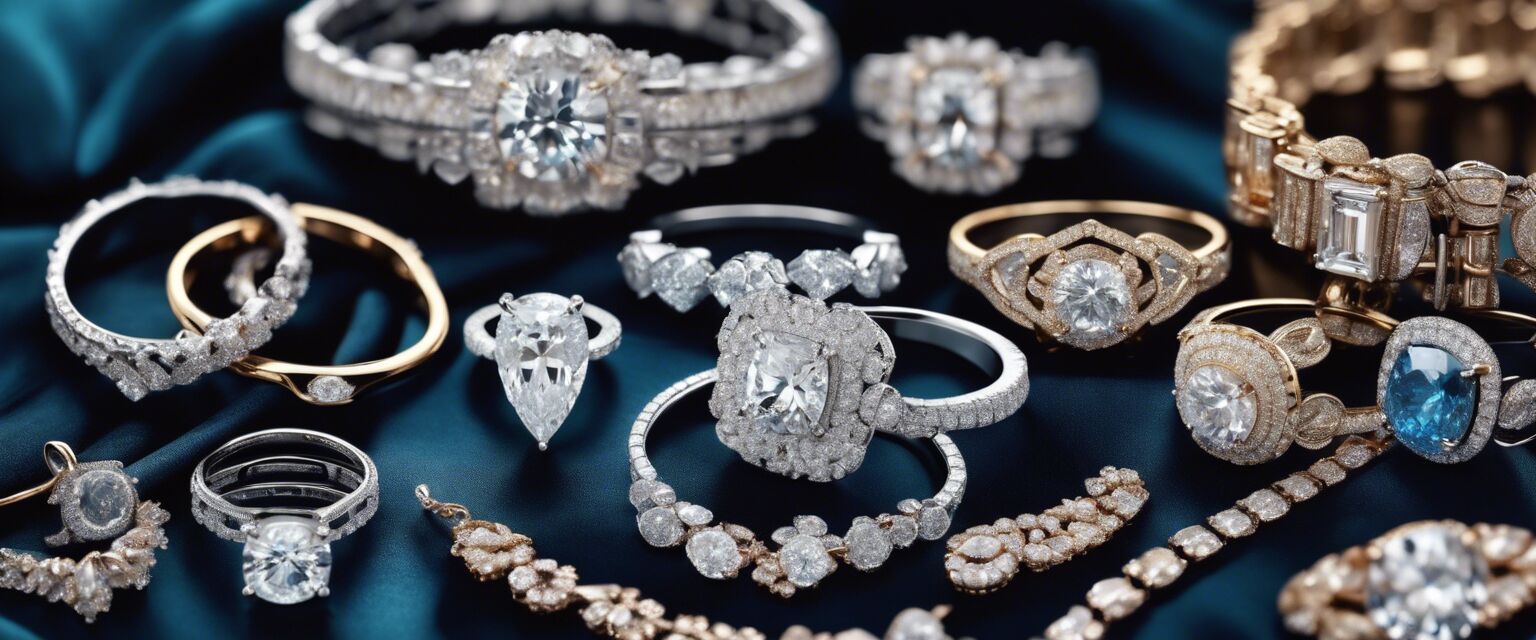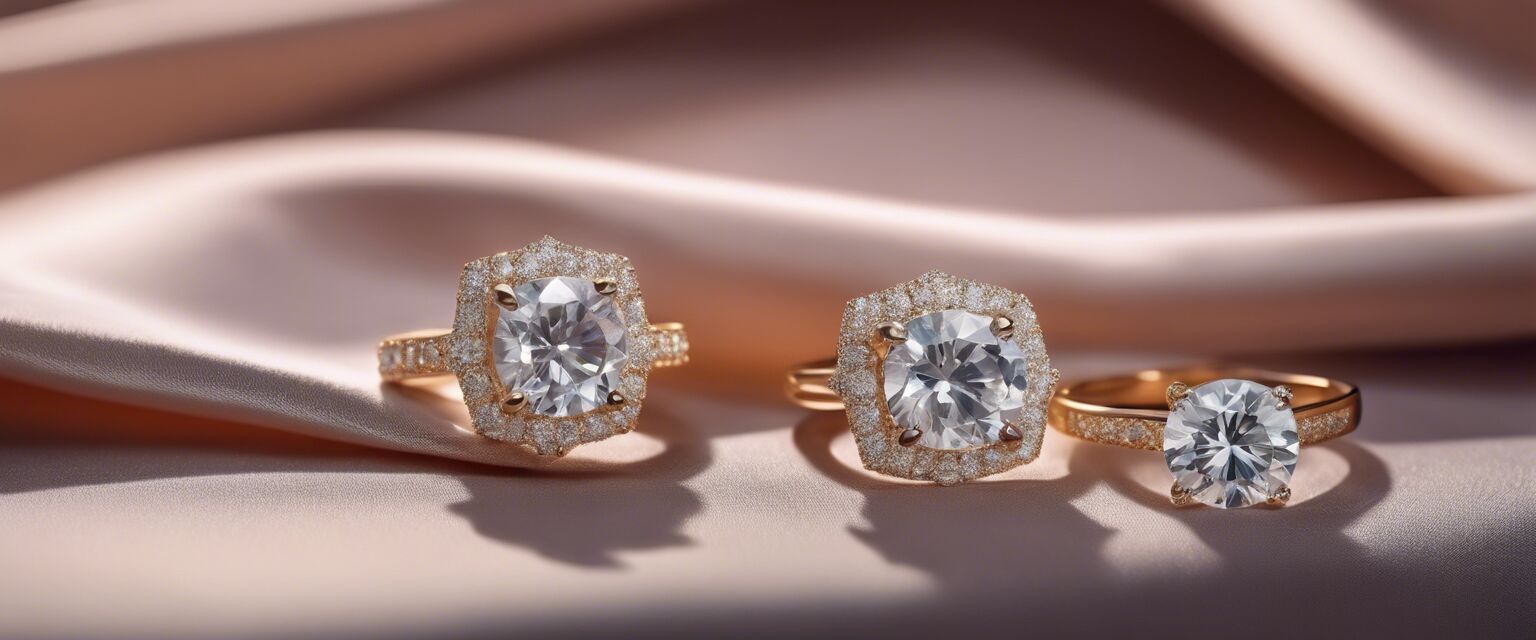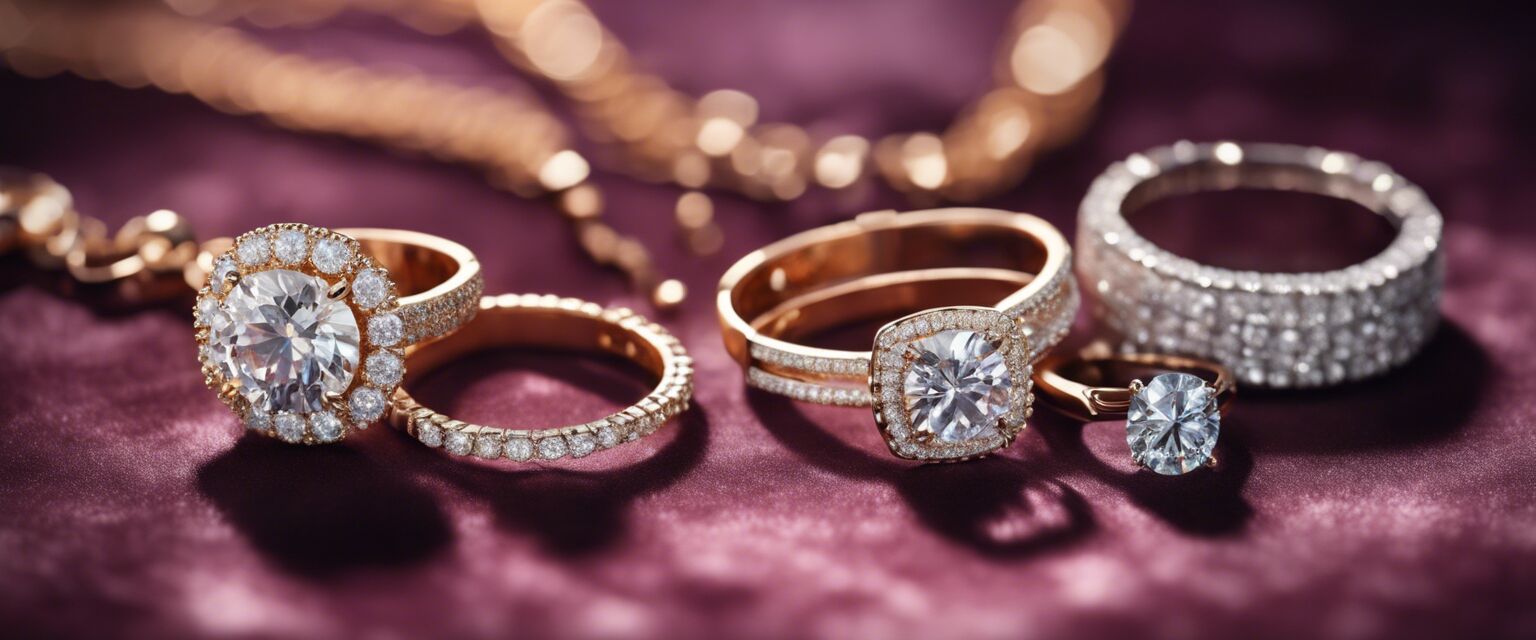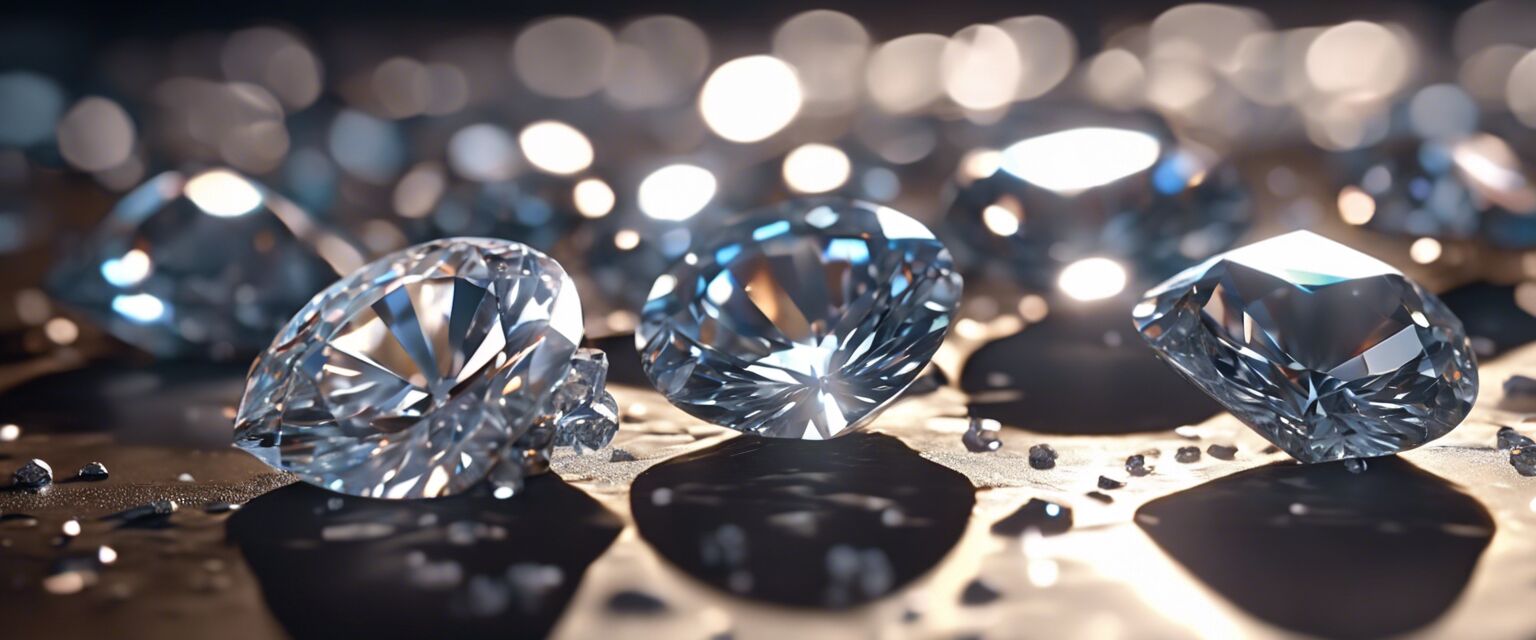
Introduction to Cubic Zirconia
Key Takeaways
- Cubic zirconia (CZ) is a popular diamond substitute known for its durability and brilliance.
- CZ is created in a lab, making it an eco-friendly choice for jewelry enthusiasts.
- Understanding its properties and history helps in making informed jewelry purchases.
- Cubic zirconia comes in various colors, offering a range of design options.
Cubic zirconia, often referred to as CZ, is a lab-created gemstone that has gained immense popularity in the jewelry market. Known for its striking resemblance to diamonds, cubic zirconia has characteristics that make it not only an excellent alternative but also a popular choice among jewelry lovers. In this article, we will delve into the properties, history, and manufacturing process of cubic zirconia, as well as its diverse applications in jewelry.
What is Cubic Zirconia?
Cubic zirconia is a synthetic gemstone made from zirconium dioxide. Its optical and physical properties closely resemble those of diamonds, including its clarity and brilliance. CZ is available in a variety of colors due to the addition of different metal oxides during the manufacturing process.
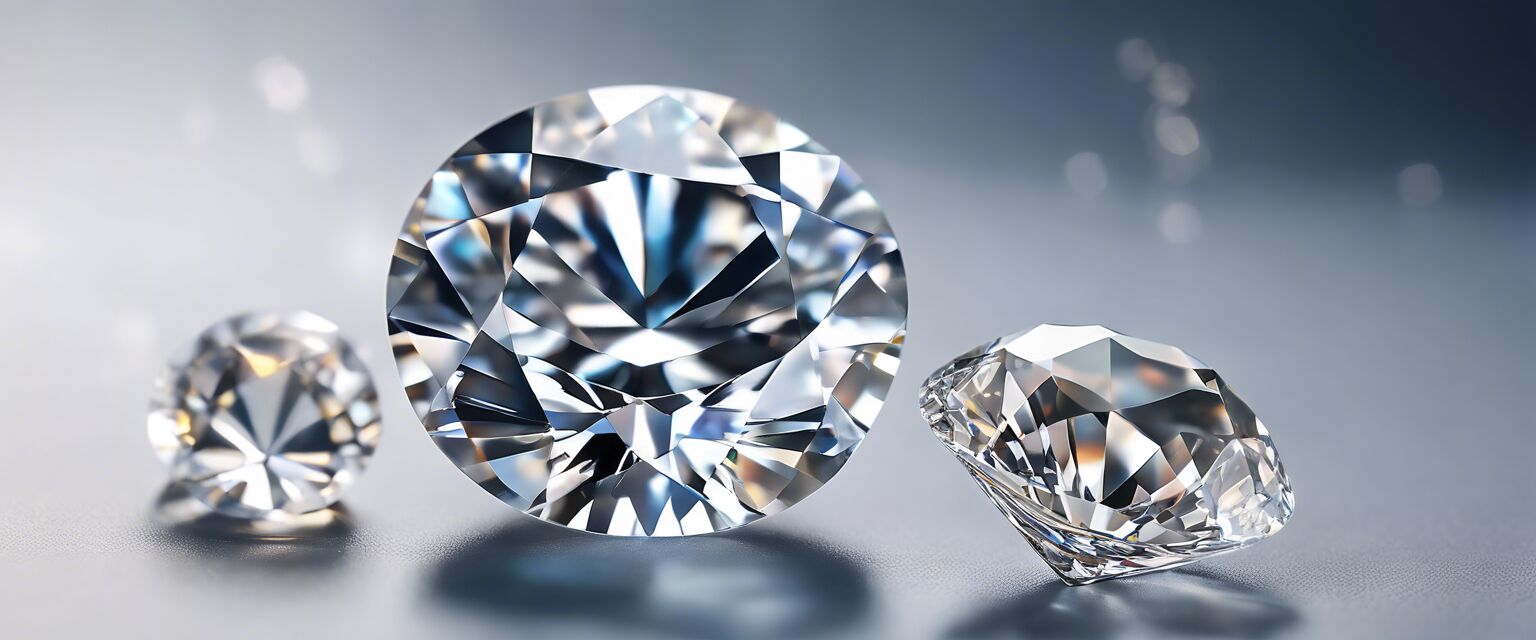
| Property | Value |
|---|---|
| Hardness (Mohs scale) | 8-8.5 |
| Refractive index | 2.15-2.18 |
| Specific gravity | 5.6-6.0 |
| Color | Colorless, various colors |
History of Cubic Zirconia
The journey of cubic zirconia began in 1976 when it was first synthesized by a Russian scientist, Igor Shafirov. Initially intended for thermal insulation in space applications, its optical quality was soon recognized. By the 1980s, it became popular in the jewelry industry as a diamond alternative due to its affordability and aesthetic appeal.
Evolution in Jewelry
Cubic zirconia gained momentum in the jewelry market throughout the 1980s and 1990s, making its way into various jewelry types, such as:
How Is Cubic Zirconia Made?
The production of cubic zirconia involves several intricate steps:
- Synthesis: Zirconium oxide is created through the reaction of zirconium with oxygen.
- Crystallization: The material is heated to over 2,800 degrees Celsius to form cubic crystals.
- Cutting and polishing: Once cooled, these crystals are cut and polished, similar to diamonds, to enhance their brilliance.
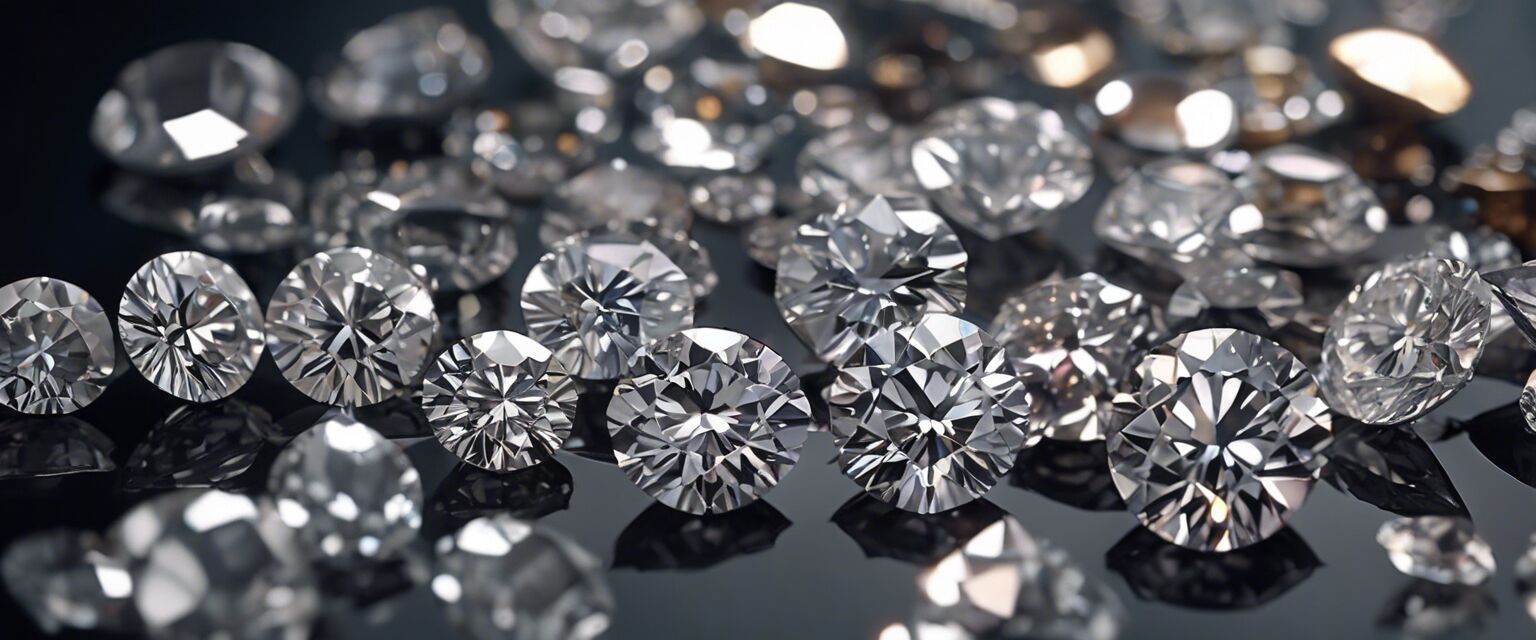
Applications of Cubic Zirconia in Jewelry
Due to its versatility and durability, cubic zirconia is used in various types of jewelry. Here are some popular applications:
- Engagement rings
- Fashion rings
- Pendants
- Bracelets
- Brooches
Pros
- Cost-effective compared to diamonds
- Available in a variety of colors
- Highly durable and scratch-resistant
- Ethical choice due to lab production
Cons
- Can be less valuable than natural gemstones
- May not have the same prestige as diamonds
- Can get cloudy over time if not properly cared for
Conclusion
Cubic zirconia represents a remarkable achievement in gemstone synthesis, offering beauty and versatility at a fraction of the cost of natural diamonds. As a jewelry enthusiast, understanding the properties and manufacturing process of CZ empowers you to make informed choices while selecting the perfect piece. With its undeniable brilliance and variety, cubic zirconia remains a cherished option for anyone looking to shine bright without breaking the bank.
Tips for Buying Cubic Zirconia Jewelry
- Check for a reputable jeweler to ensure quality.
- Opt for lab-created gemstones if sustainability is your priority.
- Consider the durability of cubic zirconia for everyday wear.
- Explore different colors to find what complements your style.
- Regularly clean your jewelry to maintain its brilliance.
